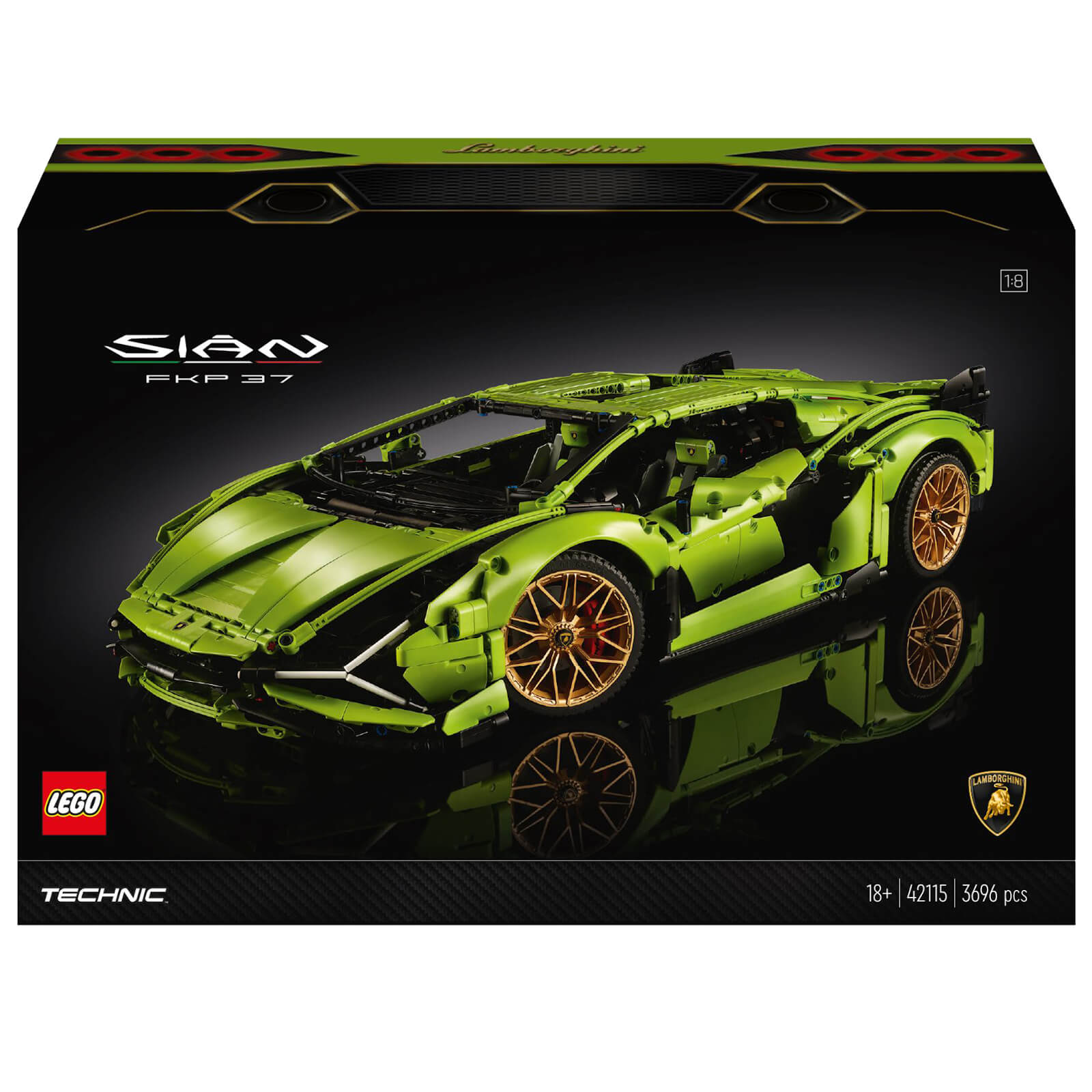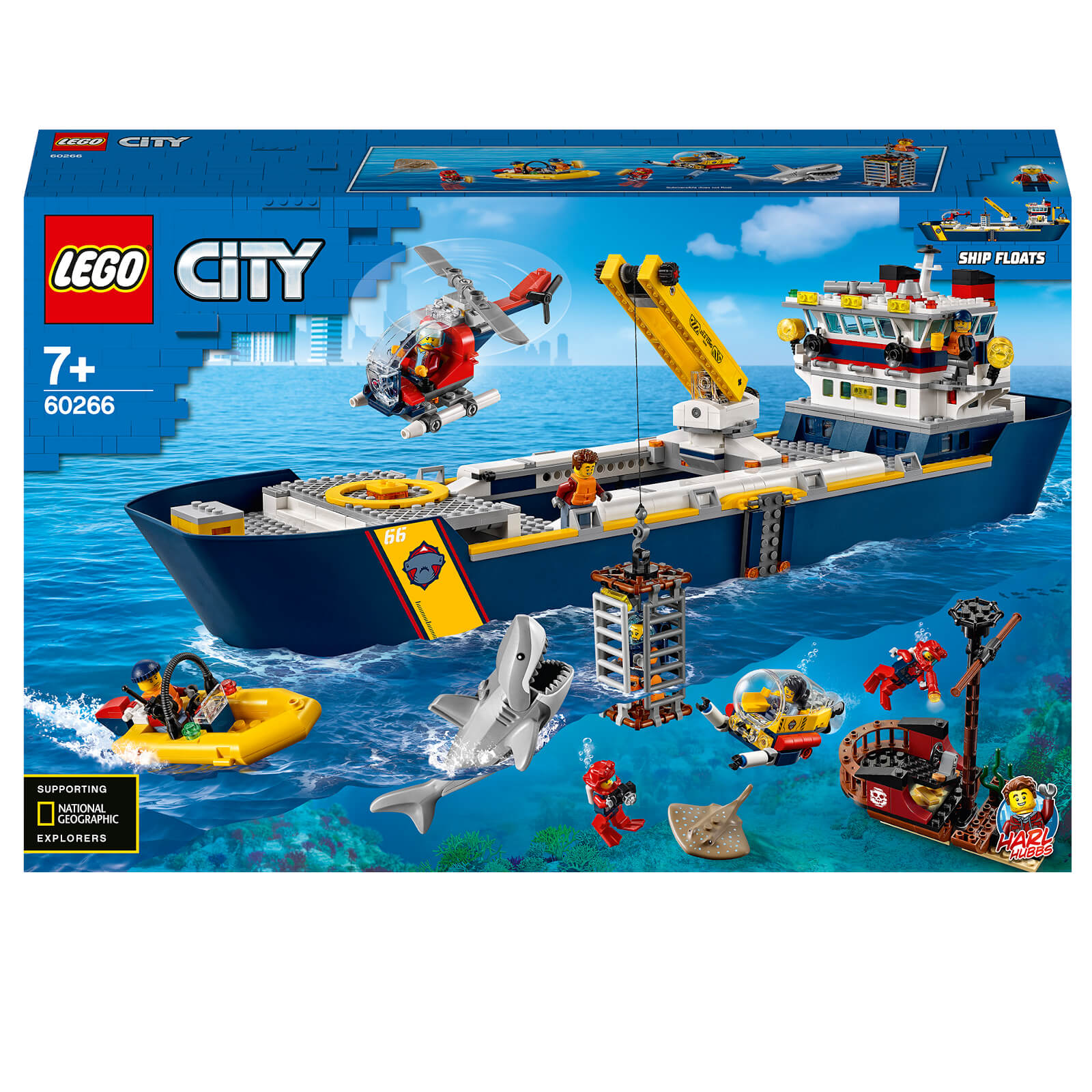LEGO Classic Green Baseplate 10700 Building Accessory (1 Piece)
This LEGO Classic Green Baseplate 10700 Building Accessory is a useful part of many fun projects. It comes in one piece to reduce assembly time. Use the LEGO Classic Green Baseplate as the foundation for a toy building. It can also be used to represent grass when constructing an outdoor scene. Covered in 32×32 standard LEGO studs, most other blocks and figures from the brand will attach easily to the plate. It makes a handy supplement to a collection. This toy piece is suitable for ages 4 and up.










LEGO Classic Baseplate 10700 Building Accessory (1 Piece)LEGO Classic Green Baseplate 10700 Building Accessory (1 Piece):Measures 32×32 studs or 10” (25 cm) x 10” (25 cm)A fun supplement to any LEGO collectionLEGO classic baseplate for building foundationsCan be used as grass for an outdoor sceneStuds allow other blocks and figures to attach easilyFor ages 4 and up





Reviews
There are no reviews yet.